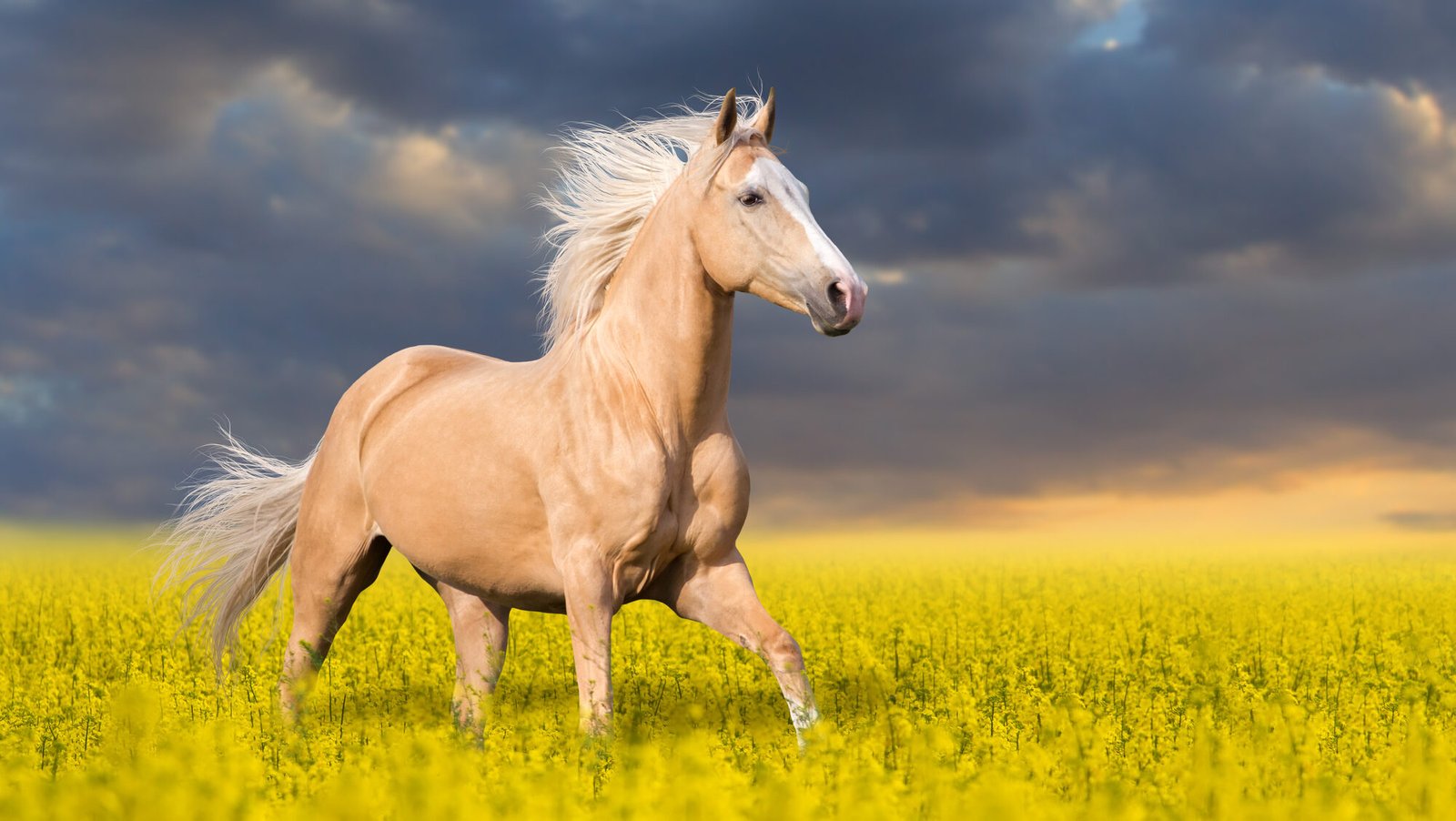The Palomino horse, with its striking golden coat and elegant demeanor, is a favorite among horse enthusiasts. Known for their beauty and versatility, Palominos have captured the hearts of many. This article delves into twelve fascinating facts about these magnificent creatures, offering insights into their history, characteristics, and role in various cultures. Whether you’re a seasoned equestrian or a casual admirer, these facts will deepen your appreciation for the Palomino horse.
The Origin of the Palomino

The Palomino horse’s origins can be traced back to ancient times. These horses are believed to have been favored by royalty and nobility because of their distinctive golden coats. The name “Palomino” is thought to have originated from a Spanish noble family, the Palominos, renowned for breeding these stunning horses. In history, these horses were often associated with wealth and power. They were depicted in art and literature, symbolizing beauty and strength. The Palomino’s rich history adds to its allure, making it a cherished breed today.
The Unique Golden Coat

One of the most striking features of the Palomino horse is its golden coat. This shimmering hue is not just appealing but also genetically unique. The golden color results from a specific gene that dilutes a chestnut base color. However, the intensity of the gold can vary, ranging from light cream to a rich, deep gold. The mane and tail are usually white or light cream, adding to the horse’s ethereal appearance. This golden sheen is reminiscent of a sunset, capturing the imagination of all who behold it.
Symbolism and Cultural Significance

Throughout history, Palomino horses have held significant cultural symbolism. In many cultures, they are seen as symbols of wealth, elegance, and nobility. In the American West, they became emblematic of the cowboy era, often featured in movies and shows. In literature, they symbolize beauty and freedom, often representing the untamed spirit of the wild. This cultural significance has cemented the Palomino’s place not just as a horse but as a symbol of grace and grandeur.
Versatility in Equestrian Sports

Palomino horses are not just about looks; they are also incredibly versatile. They excel in various equestrian disciplines, including dressage, jumping, and trail riding. Their agility and grace make them suitable for competitive sports, while their calm demeanor makes them excellent companions for leisure riding. Their versatility is a testament to their intelligence and adaptability, making them a popular choice among horse enthusiasts. Whether in the show ring or on a leisurely trail, Palominos shine brightly.
The Role in Movies and Pop Culture
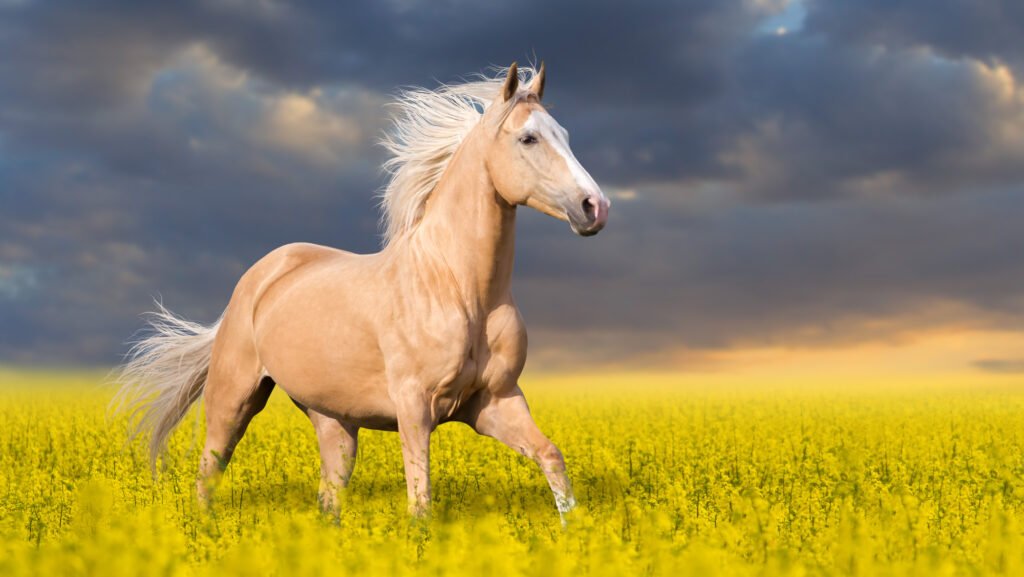
Palomino horses have made a significant mark in movies and pop culture. Their striking appearance makes them a favorite choice for filmmakers. They have been featured in countless films, often portraying noble steeds or wild horses. Their presence in pop culture has only added to their allure, making them instantly recognizable even to those unfamiliar with horse breeds. The Palomino’s role in movies has contributed to its image as a horse of beauty and grace.
Breeding and Genetic Traits

Breeding Palomino horses requires a keen understanding of genetics. The golden coat is a result of a dilution gene, which can be tricky to predict. Breeders often aim for specific traits, such as the ideal shade of gold and the perfect mane and tail color. While the Palomino is not a breed but a color type, breeders strive to maintain certain physical and temperamental traits. This careful breeding ensures that Palominos remain true to their iconic image, captivating enthusiasts worldwide.
Famous Palomino Horses
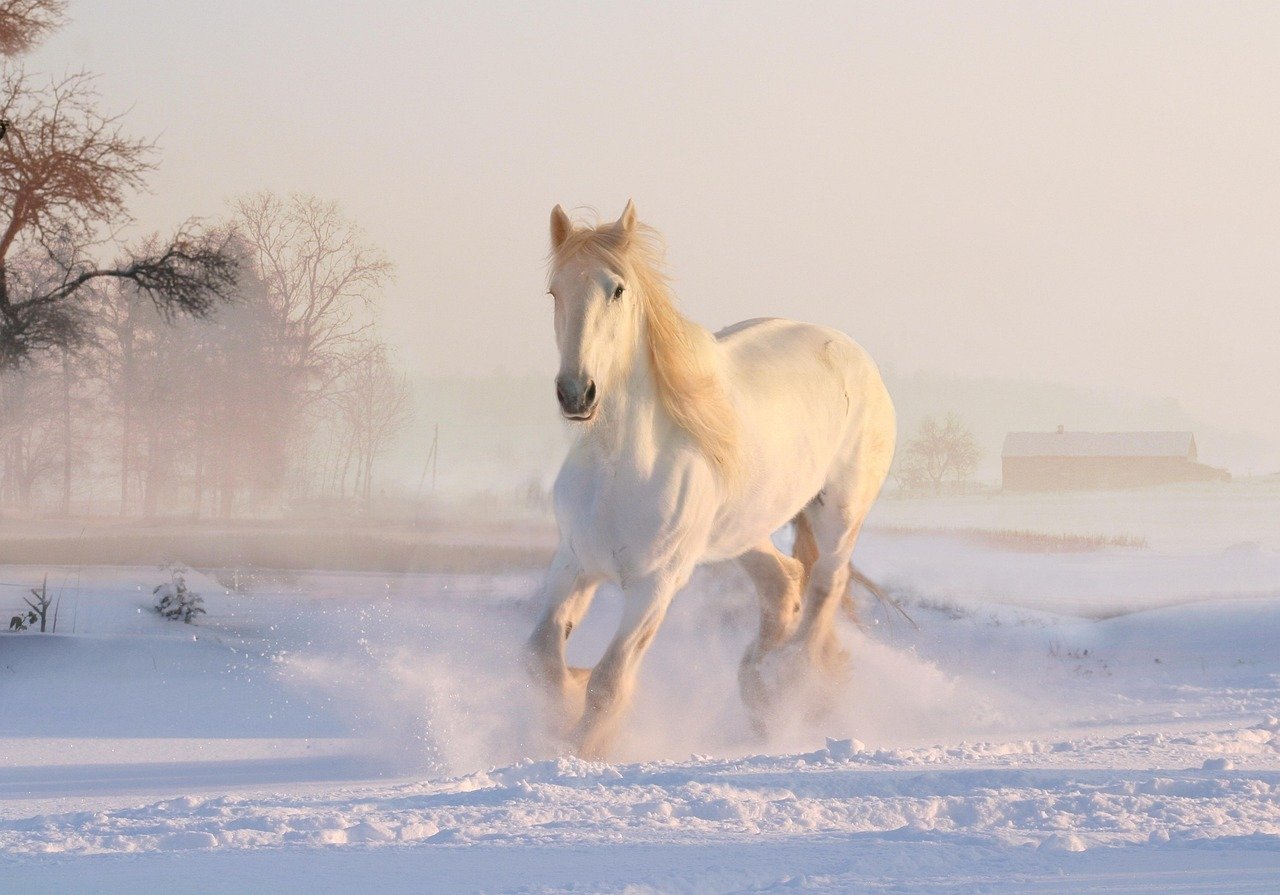
Several Palomino horses have achieved fame throughout history. Trigger, the palomino steed of cowboy star Roy Rogers, is perhaps the most famous. His intelligence and charisma captured audiences, making him a beloved icon. Another notable Palomino is Mister Ed, the talking horse from the popular TV series. These famous Palominos have left a lasting legacy, showcasing the breed’s charm and intelligence to a global audience.
Palominos in the Wild
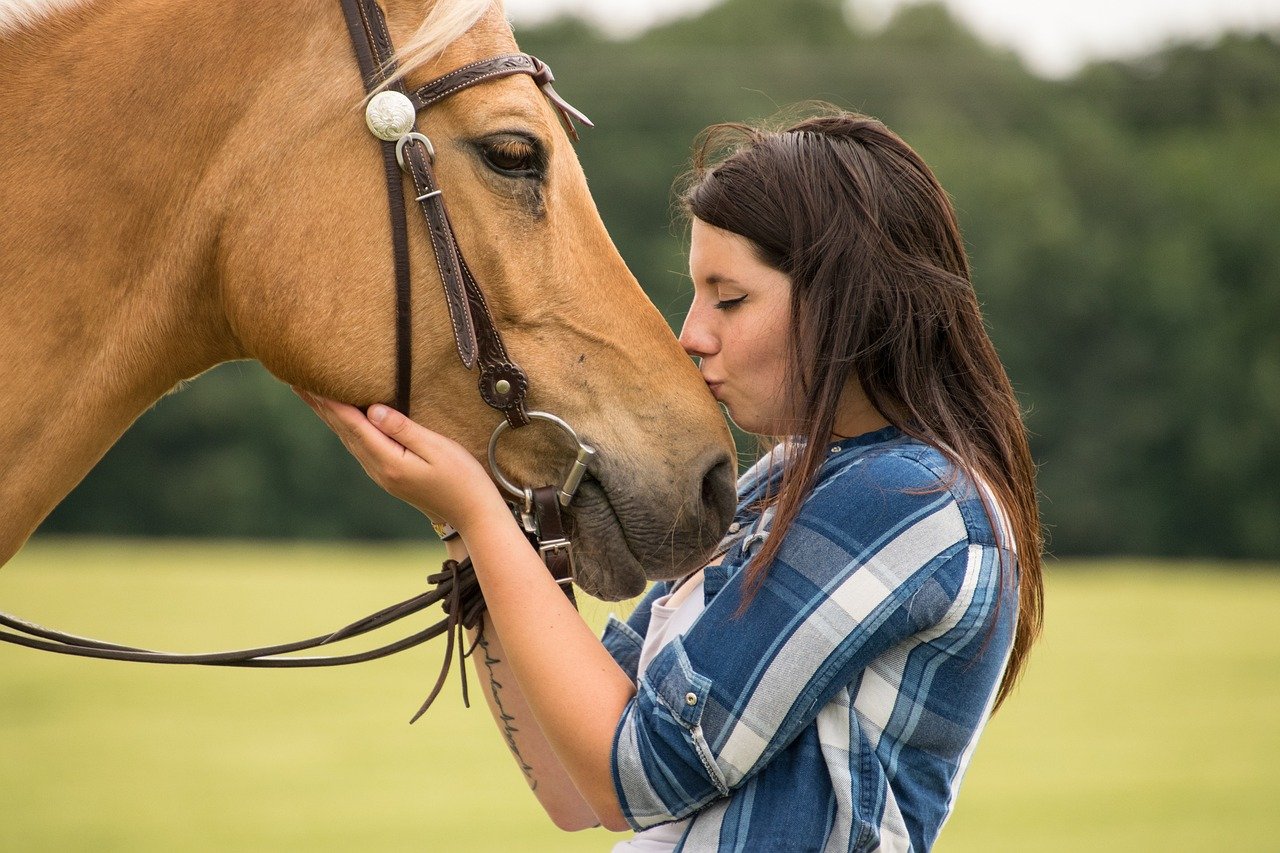
While most Palominos are domesticated, there have been instances of these golden horses in the wild. Their striking color makes them stand out against the natural landscape, a beacon of beauty amidst the wilderness. Observing a Palomino in its natural habitat is a rare and breathtaking experience. Their presence in the wild is a testament to their resilience and adaptability, traits that have been cherished throughout history.
Caring for a Palomino
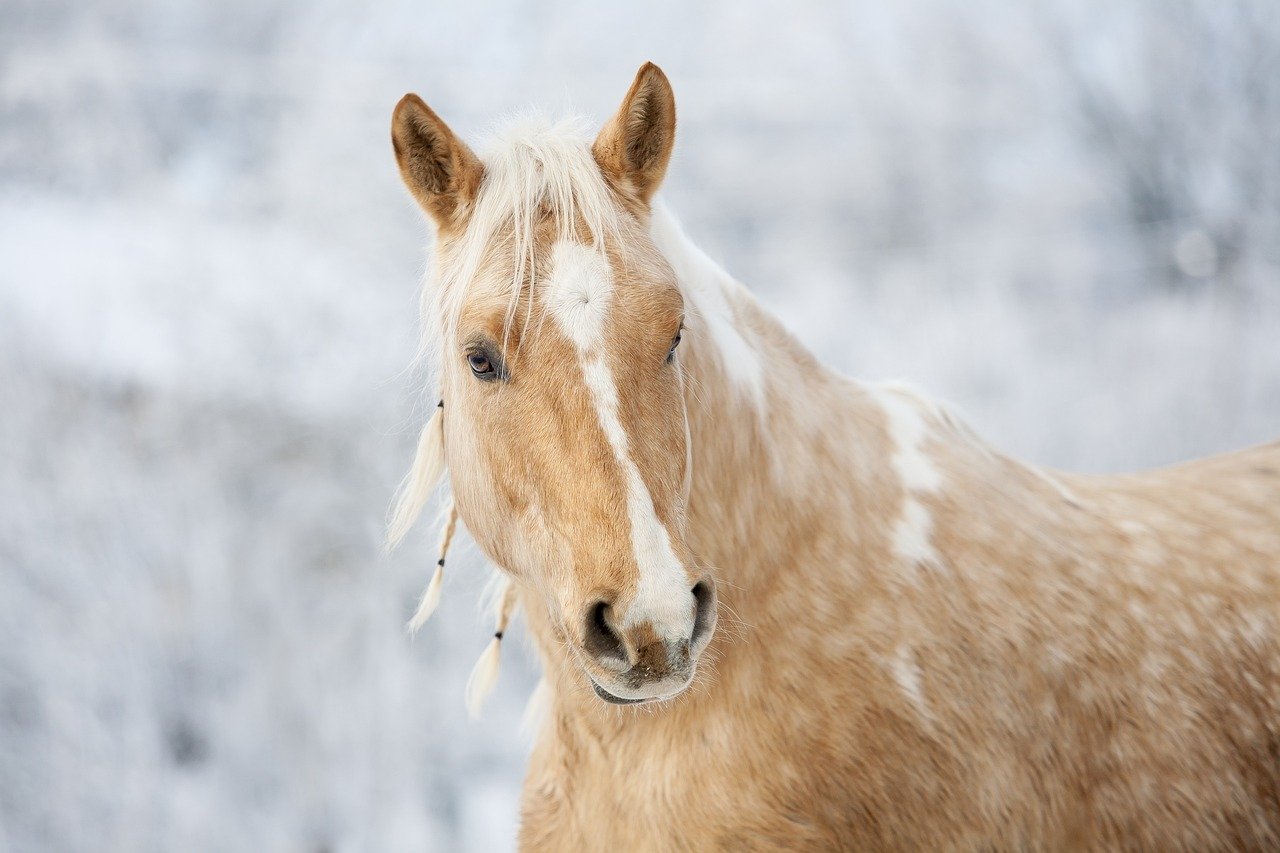
Caring for a Palomino horse requires attention to detail, especially regarding their coat. Their golden hue can fade if not properly maintained, requiring regular grooming and exposure to the sun. Nutrition also plays a crucial role in maintaining their coat’s luster. Owners often ensure a balanced diet rich in essential nutrients to keep their Palominos healthy and radiant. Proper care ensures that these horses remain as stunning as they are in their natural state.
The Palomino’s Gentle Nature
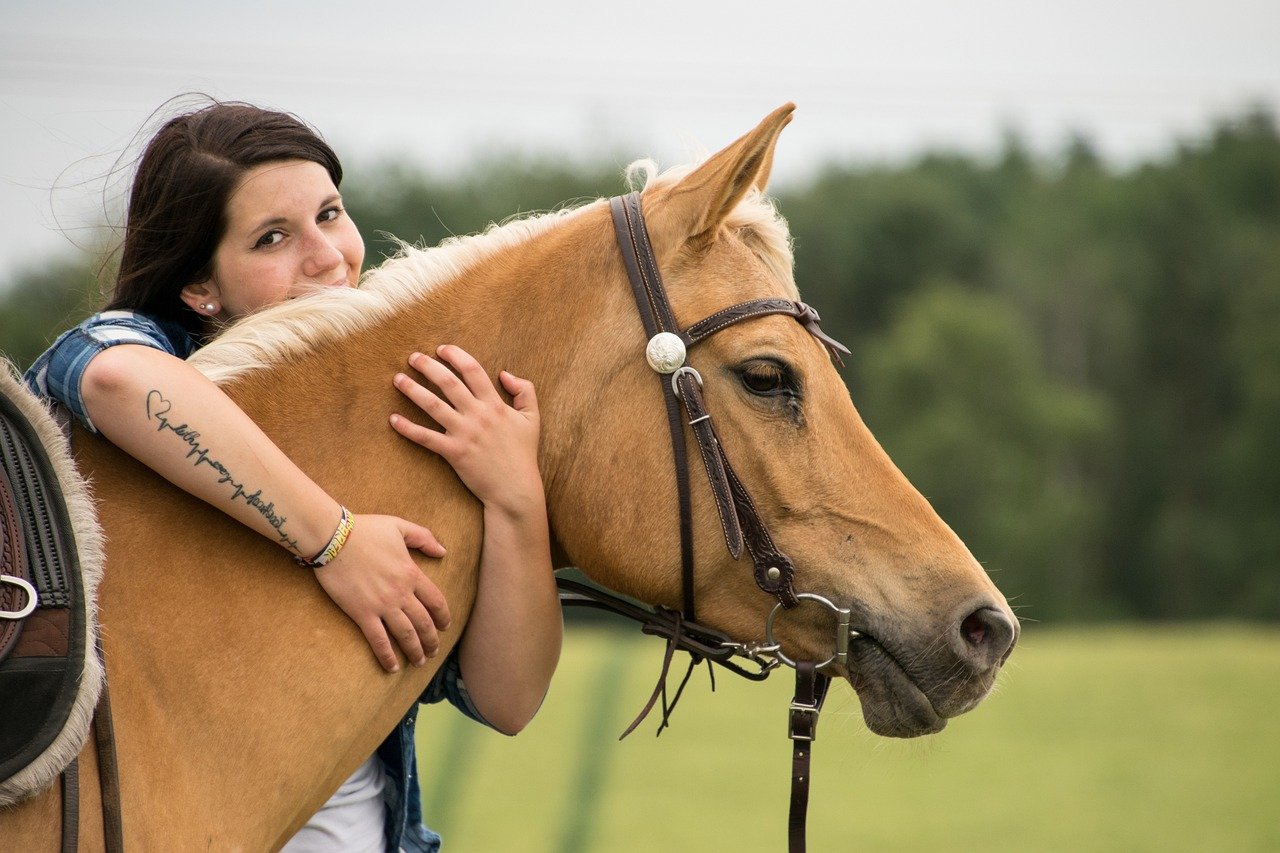
Beyond their beauty, Palominos are known for their gentle and friendly nature. They are often described as calm and sociable, making them excellent companions for riders of all ages. Their temperament makes them especially suitable for children and novice riders. This gentle demeanor, combined with their striking appearance, makes Palominos a favorite among families and equestrians alike. Their loyalty and kindness are as golden as their coats, endearing them to all who encounter them.
In conclusion, the Palomino horse is a remarkable creature, celebrated for its beauty, versatility, and gentle nature. From their historical significance to their role in pop culture, these horses have left an indelible mark on the world. Their golden coats and captivating presence continue to enchant horse lovers across the globe. The Palomino horse, with its rich heritage and timeless allure, remains a symbol of elegance and grace.
Jen is a passionate nature lover and ocean conservationist. She has dedicated her life to protecting the environment and preserving the beauty of the natural world. Growing up in a small coastal town, Jen sincerely appreciated the ocean and its inhabitants. She has spent countless hours exploring the shoreline, learning about the creatures that inhabit the waters, and advocating for their protection. Jen is an active member of ocean conservation organizations, and she is committed to educating the public about the importance of conserving wildlife and the natural environment.

